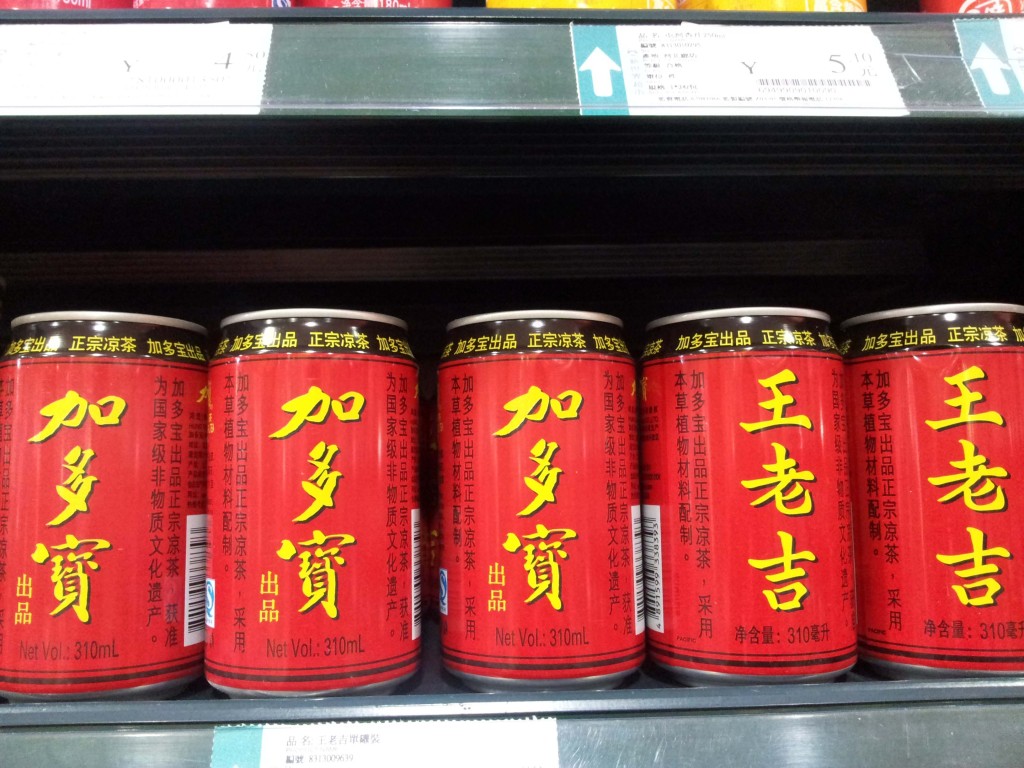
Foreign brands need to constantly adapt and update their marketing strategies to keep them fresh and relevant to Chinese consumers.
China’s bewilderingly large and constantly evolving consumer market presents enormous challenges to European SMEs. Writing for the EU SME Centre, Bénédicte Franchel says that companies need to study the market closely and be willing to frequently adapt and update their marketing strategies if they are to maximise their opportunities.
Advertising in China is pervasive, and Chinese consumers have an enormous appetite for it. China’s inexorable rise to becoming the world’s second largest economy by 2016 has gone hand in hand with the growth of its consumer classes, which has led to an influx of global brands all eager to capture their share of the market. With the consumption revolution showing no signs of abating, China promises a bright future for companies willing to adapt and innovate. “To be successful means to know the market, and our experts in business development, market access, business law and human resources can show ways in which SMEs are able to get to that point”, says Chris Cheung, Director of the EU SME Centre.
Diversity, divergence and change
Chinese consumer’s behavioural patterns have evolved considerably over the past few decades. While in the late eighties bikes, fridges and watches were on the wish list of the typical consumer, today demand is increasing for a wider range of products, ranging from the latest fashion items to cars, health products and a dizzying array of services. However, diversity and divergences within the Chinese consumer landscape are strong.
The sheer size of China is a source of significant disparities. It is not viable for a brand to build a single marketing plan for China without taking account of regional differences. Tastes can vary widely from province to province. European companies need to do their homework and spend time identifying and segmenting their market to lead successful marketing campaigns.
By the end of 2012, the average, annual disposable income of China’s urban households reached a value of RMB 24,564 (about EUR 2,972) according to the National Bureau of Statistics of China. This represents a four-fold increase since the early 2000s and consumers are only expected to grow richer and more demanding in the future, fuelling domestic consumption over the coming decades.
“China and Chinese consumers are at a turning point”, explains Marie Duval, Managing Director at June Marketing Asia. “Chinese consumers are pro-active, more eager, more critical, more demanding and more wealthy. They travel abroad, spend an important amount of time on the internet, look at what celebrities do and wear and, while they want to be different and be seen as individuals, they pay attention to their friends’ and colleagues’ suggestions”, she adds.
A vital need to adapt

Despite (or perhaps because of) an ongoing trademark dispute, Jiaduobao and Wanglaoji remain two of the most popular soft drinks in China. Their herbal ingredients and choice of packaging appeal to Chinese consumers.
Although Chinese consumers are developing habits similar to their western counterparts, their perception of European products and accompanying brand messages can be dissimilar. The values that underpin Chinese society are very different from those in the West. Colours, symbols and words may convey a particular meaning or represent certain values that can lead to misconceptions about a certain product or brand.
German SME Borowski, famous for its engraved glass sculptures, realised the importance of packaging high-end products in China, particularly if they are to be given as gifts. As a consequence, the company adapted its packaging to meet the requirements and expectations of their Chinese customers.
Localisation is also a critical factor in the success or failure of foreign companies in China. Yum Brands Inc, a large fast food restaurant company, has thrived in China by adding soymilk and fried shrimp, among other Chinese ingredients, to its KFC outlets and fresh seafood bacon pizza and Thai-style fried rice to its Pizza Huts. Starbucks has learned that kiosk-sized stores work well in the US, where workers grab coffees on their way to work, but Chinese consumers value the space itself and couches on which to relax in the afternoons.
European companies that are successfully marketing their products in China are constantly adapting their marketing strategies to suit changing patterns of Chinese consumers and keep them engaged. Marketers need to proactively present ‘new news’ to its users to keep them interested, but this carries the inherent risk of losing product consistency along the way.
“In Europe, in the field of consumer goods, a brand refreshes its packaging every two years on average. In China, this cycle is only eight months”, says Duval. “An offer, a product, a message becomes rapidly obsolete.”
Brands showing they know and can adapt to the needs, the desires and the expectations of the Chinese consumers, which are not necessarily identical to those of a Parisian, a Milanese or a Londoner, will make the greatest impact on consumers.
Advertising channels: choose wisely
China offers a multitude of promotional supports and a variety of channels, but costs and accessibility vary greatly. Partnering with Chinese distributors to deliver informative events is often an effective first step for a company introducing its products to targeted customers. While broadcast advertising is extremely costly and competitive, videos in taxis, buses, trains and elevators present viable options for brands with more modest marketing budgets.
According to a survey by McKinsey, as many as 45 per cent of Chinese consumers make their purchasing decisions in real time inside shops, compared to just 24 per cent in the US, so in-store displays and point of sale advertising can play a significant role as well, though these need to be accompanied by online advertising to gain the buyers’ interest.
China has over 560 million internet users, widely spread throughout the country, and the average user spends more hours per week online than they do on TV, print and radio combined. Therefore, as discussed in one of the EU SME Centre’s recent webinars on developing a robust digital marketing strategy in China, European companies need to spend time and resources on direct interaction with their customers online and on social media.
Adoption of western digital and social media platforms has been limited in China. For example, many Google services are blocked for regular users, and Facebook is blocked altogether. This means that European companies need to get familiar with China-specific sites such as Kaixin, Douban, WeChat and Sina Weibo, where consumers promote their favourite brands and discover new ones through their networks.
E-commerce is extremely important here, much more so than in other countries across the world. For instance, in China, 40 per cent of luxury shoes are sold via the internet; 20 per cent is the norm in developed countries. The biggest day in the history of US e-commerce was Cyber Monday in 2012, with an estimated record-breaking EUR 1.1 billion in sales across online retailers in a single day. Last year, Taobao doubled that on Singles Day (11th November), seeing EUR 2.2 billion in sales. Over the past ten years, e-commerce platforms such as Taobao and Jindong have rapidly developed and are now one of the preferred points of sale for numerous brands.
Many European SMEs are succeeding in this rapidly changing market defined by strong cultural differences, and there is no reason why many more cannot do the same. After all, Europeans are no strangers to diversity and therefore meet one of the main requirements for success in China. In addition, an extensive network of chambers of commerce, trade promotion agencies and other organisations is in place to help companies get ready. “China is a complex market that requires companies to do research beforehand and adapt constantly while remaining truthful to its brand and products. The EU SME Centre and other public and private support organisations are able to assist them every step of the way,” says Cheung.
 The EU SME Centre assists European SMEs by providing a comprehensive range of free, hands-on support services including the provision of information, confidential advice, networking events and training. The Centre also acts as a platform facilitating coordination amongst Member State and European public and private sector service providers to SMEs. The EU SME Centre is a project funded by the European Union.
The EU SME Centre assists European SMEs by providing a comprehensive range of free, hands-on support services including the provision of information, confidential advice, networking events and training. The Centre also acts as a platform facilitating coordination amongst Member State and European public and private sector service providers to SMEs. The EU SME Centre is a project funded by the European Union.


Recent Comments